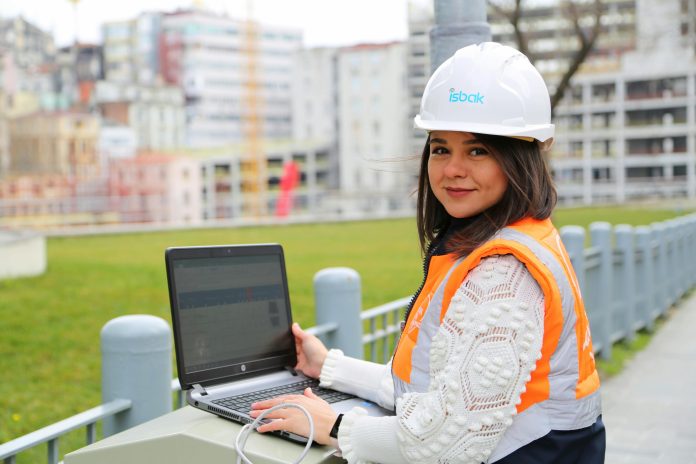
The March 2024 collapse of Baltimore’s Francis Scott Key Bridge was as much a human tragedy as it was an engineering wake-up call. Now, with plans for reconstruction well underway, Maryland officials confirm the rebuild will cost as much as $5.2 billion-more than double the first estimate of $1.9 billion-and won’t be completed until 2030, two years later than first forecast.

1. Rapid Initial Estimates and Federal Funding Imperatives
MDTA officials said preliminary estimates were done less than two weeks after the collapse, to secure federal emergency relief funds. In most large projects, early estimates would be done months or even years after design and engineering studies. Moore said “national economic conditions have deteriorated and material costs have increased” since those first estimates were made, with additional costs from applying new federal resilience standards.
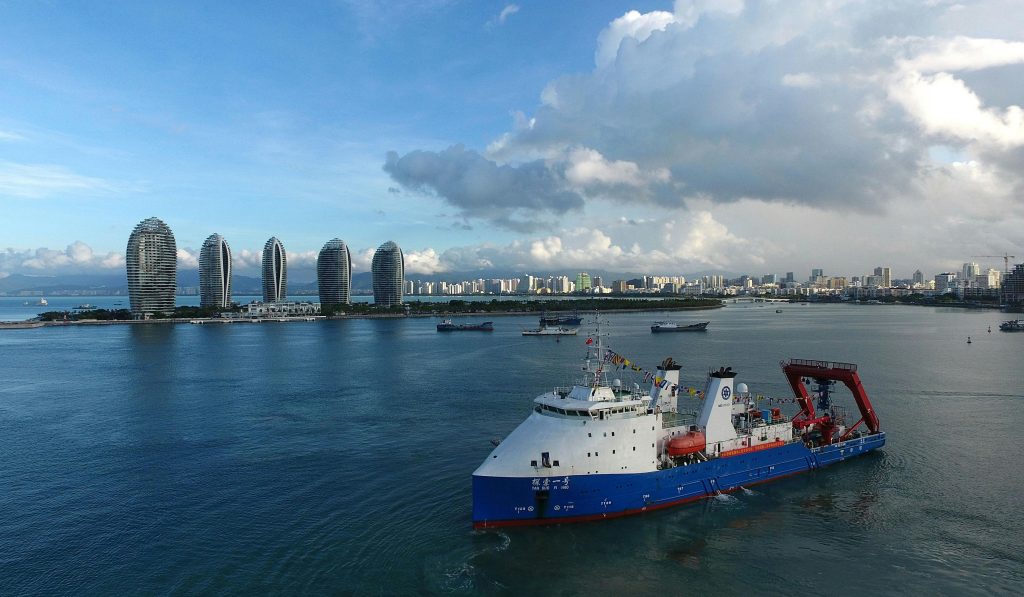
2. Engineering Requirements of Modern Vessel Traffic
The new bridge’s 1,665-foot main span is far longer than early plans called for, to provide passage for the large commercial vessels of today. Taller towers and broader pier protection systems will be required to guard against the possibility of catastrophic ship strikes like the one that brought down its predecessor. Protective fenders-including some as big as a football field-will be mounted to absorb collision forces. Such measures respond directly to findings about the original bridge having been fracture critical, lacking redundancy, and thus susceptible to sudden collapse when a single tension member failed.
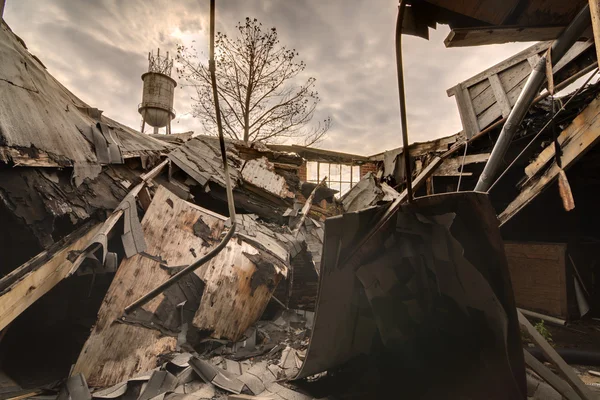
3. Lessons from the Collapse: Pier Protection and Redundancy
Unlike modern spans, the Key Bridge lacked redundancy and pier protection systems when it opened in 1977, experts like Drexel University’s Dr. Abi Aghayere say. Developments make possible huge dolphins, as implemented on the Delaware Memorial Bridge, and man-made rock islands, as built at Florida’s Sunshine Skyway Bridge. The National Transportation Safety Board has called for owners to conduct an assessment and improve protections after issuing a list of 68 U.S. bridges with unknown vulnerability to ship strikes.

4. Market Forces Of Cost Escalation
Highway construction costs are up 68% since 2021, 72% over five years, according to Federal Highway Administration data. Inflation in structural components, grading, and concrete work has hit bridge projects particularly hard. One of the reasons these prices have been driven higher is reduced competition from bidders for such sophisticated infrastructure. Tariffs and trade policies have raised the costs for c like steel.
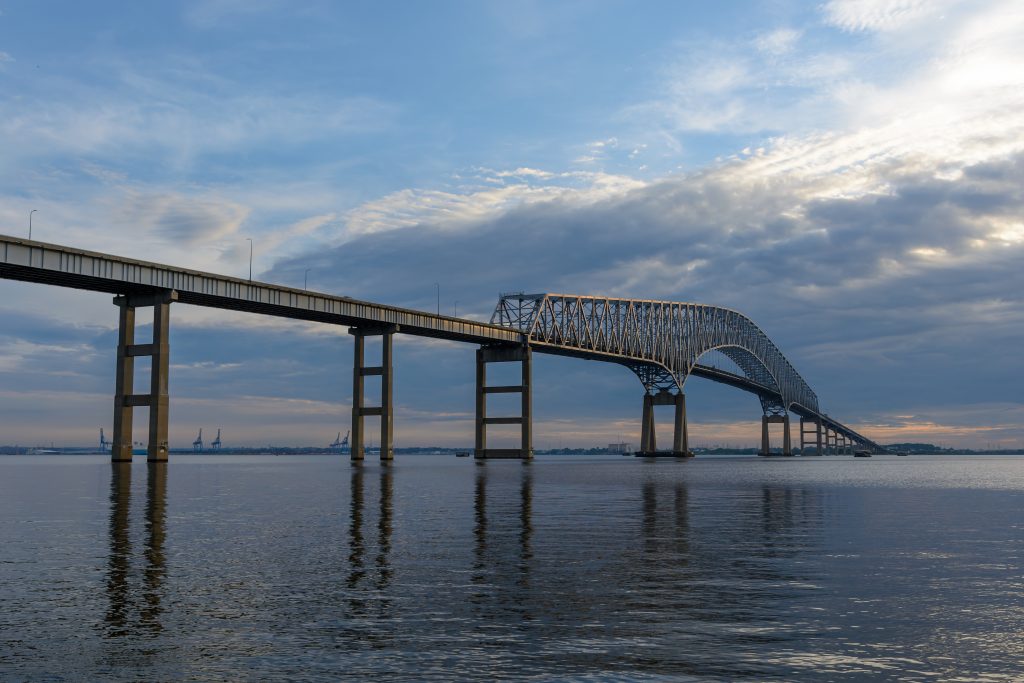
5. Megaproject Risk Dynamics
The similarities between the Key Bridge rebuild and other megaprojects, such as Boston’s Big Dig, are multiple: underestimated initial costs combined with changing scope lead to massive overruns. The “iron law of megaprojects”-over budget, over time, over and over again-applies here. Early political and funding pressures lock in optimistic projections well before engineering realities are understood. Complex stakeholder environments, federal oversight, and evolving safety standards add to the risk.

6. Alternative Delivery and Schedule Compression
MDTA completed 70% design in 14 months compared to the seven-year average by compressing the planning and pre-construction phases of work. While the agency has not confirmed design-build, integrated delivery methods have saved other states 3% on costs and 14% on schedules. Accelerated timelines often increase the potential for unforeseen engineering issues and changes in scope that can impact overall cost.

7. Strategy for Legal Action & Funding
Maryland is suing the owners and operators of the freighter Dali for gross negligence. Money recovered will go to offset federal emergency liabilities. The rebuild, under the American Relief Act, is eligible for 100% federal reimbursement, though the state is paying construction costs up front and seeking reimbursements through insurance proceeds. There has also been political controversy about the criteria for the selection of contractors. Federal officials have warned against selection processes for contracts that consider race or sex.
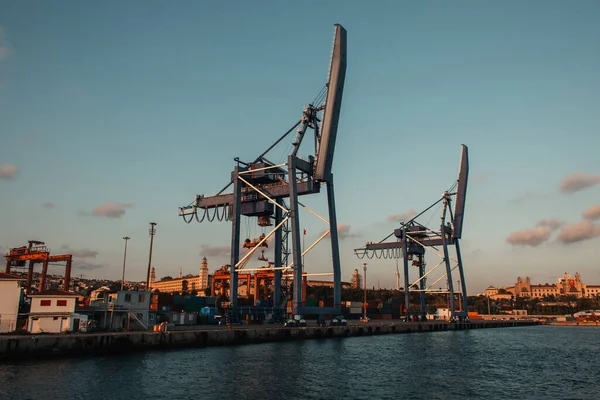
8. Regional and Global Supply Chain Impacts
Research funded by National Science Foundation RAPID grants is investigating how the collapse disrupted freight flows through the Port of Baltimore, a major East Coast logistics hub. Vessel rerouting to ports in New York and South Carolina has affected regional trucking and rail operations and could have adjusted supply chains all the way to China and Europe. Its rebuild timeline will continue to influence maritime and intermodal freight patterns for years.

The Francis Scott Key Bridge rebuild lies at the nexus of engineering innovation, market volatility, and political scrutiny. Its expanded scope and resilience measures reflect lessons learned the hard way, while its soaring costs reflect challenges in delivering complex infrastructure in today’s economic climate.
